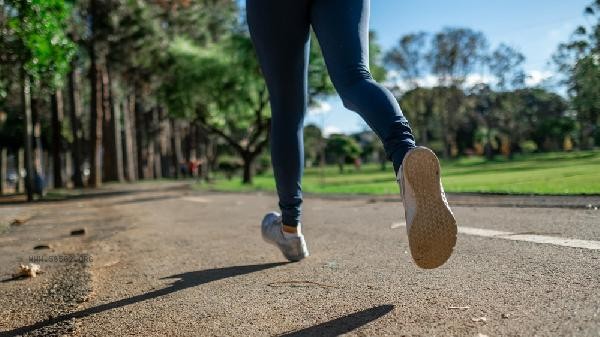Long term running generally does not directly cause muscle weakness in the legs, but exercise styles and individual differences may affect leg muscle morphology. Running, as an aerobic exercise, mainly consumes fat, and the intensity of muscle stimulation is usually not sufficient to significantly thicken leg muscles. The formation of muscular legs is more related to high-intensity strength training, genetic factors, or lack of stretching after exercise.

During running, the lower limb muscles will participate moderately in exerting force, especially the quadriceps and gastrocnemius muscles will be exercised. Ordinary aerobic running is mainly slow and long-distance, and this intensity tends to improve muscle endurance rather than volume growth. Due to lower testosterone levels, women have limited potential for muscle growth and find it more difficult to develop noticeable muscle legs through running. Correct running posture and moderate intensity help maintain smooth leg lines.

A minority of people may experience significant thickening of leg muscles, which is usually related to a high proportion of congenital fast muscle fibers and excessive reliance on calf strength during running. Sprinters are more likely to develop thick muscles due to their explosive training mode, while marathon runners typically have thinner legs. insufficient stretching after exercise may lead to transient muscle tension and elevation, which can be mistaken for muscle legs. This type of situation can be improved by adjusting the running posture and increasing the stretching time.

It is recommended to do sufficient stretching and relaxation after running, focusing on the front, back, and calf muscles of the thighs, and maintaining each movement for more than 20 seconds. Combining stretching exercises such as yoga or swimming can help balance muscle development. Pay attention to moderate intake of protein in diet and avoid excessive supplementation of muscle building supplements. If you notice an abnormal increase in leg circumference, you can consult a professional coach to adjust your training plan. In most cases, muscle leg problems can be prevented through scientific exercise methods.






Comments (0)
Leave a Comment
No comments yet
Be the first to share your thoughts!